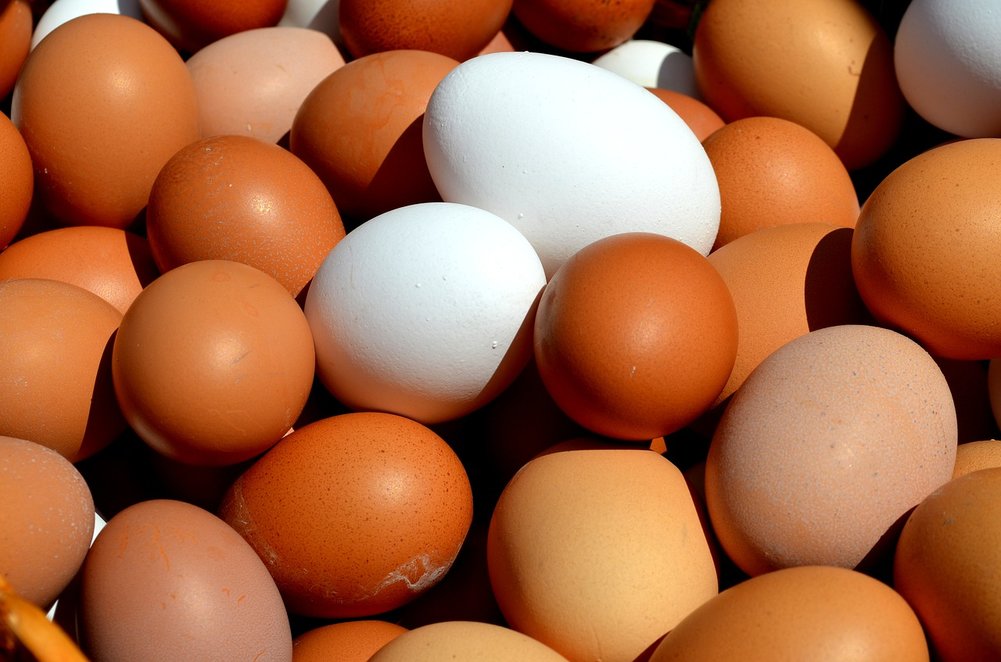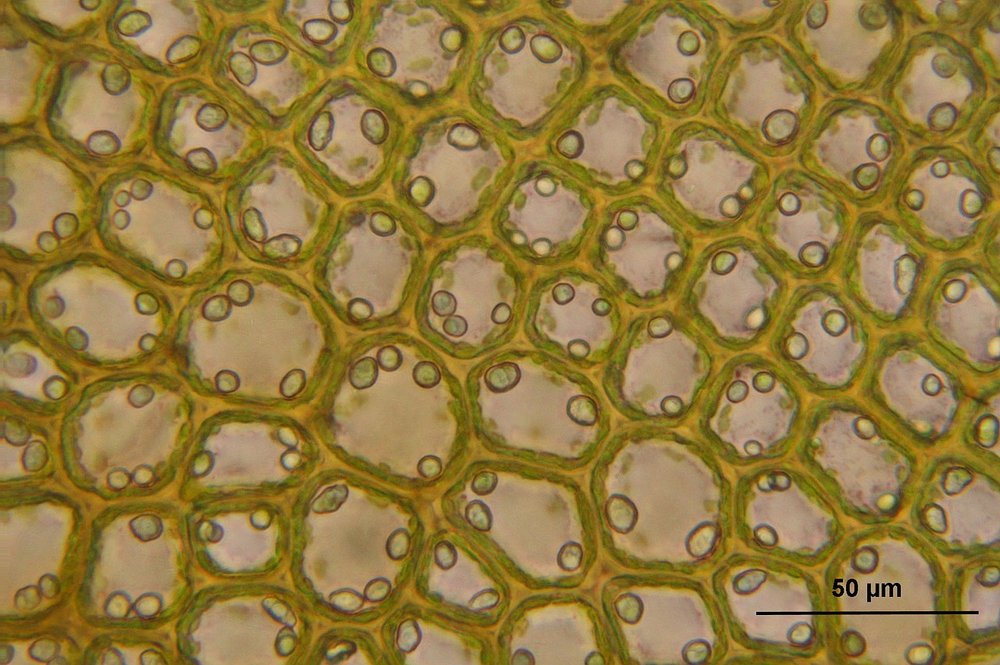A group of US and Canadian researchers conducted the largest-scale testing of folding stability for computationally designed proteins. More than 15,000 newly designed small proteins were tested for correlation between folding and function which resulted in significant protein modeling improvements.
A large fraction of the cell’s activities is carried out by proteins. Consequently, a lot is being done to design novel protein structures that match or improve on the functionality of existing proteins. Natural protein structures are typically large and complex, with thousands of interactions that collectively hold the protein in its folded shape.
Scientists are computationally designing much simpler proteins which make it easier to analyze the different types of interactions that hold all proteins in their folded structures. One group of scientists generated a helix bundle that was capable of binding oxygen with similar properties as hemoglobin, yet did not manage to bind carbon monoxide.
A new study will speed up progress in designing more stable proteins, as researchers from the UW Medicine Institute for Protein Design at the University of Washington in Seattle and the University of Toronto in Ontario published their breakthrough in the journal Science.
“Computationally designed proteins often fail to form the folded structures that they were designed to have when they are actually tested in the lab,” said lead author Rocklin.
Two advanced technologies were used, synthetic DNA and high throughput screening. This new approach, which incorporates advances in DNA synthesis technology, greatly reduced the experimental costs. Researchers tested more than 15,000 newly designed mini-proteins that do not exist in nature, to see whether they form folded structures. It is a huge step forward since protein design studies in the past have generally examined only about 50-100 different designs. Recent testing led to the design of 2,788 stable protein structures. Small size of these proteins could be advantageous for treating diseases when the drug needs to reach the inside of a cell.
“Still, even simple proteins are so complicated that it was important to study thousands of them to learn why they fold,” Rocklin said. “This had been impossible until recently, due to the cost of DNA. Each designed protein requires its own customized piece of DNA so that it can be made inside a cell. This has limited previous studies to testing only tens of designs.”
DNA oligo library synthesis technology was used to encode their designs of short proteins. “They learned from their design failures and progressively improved their modeling. Their design success rate grew from 6 percent to 47 percent. Also, their large set mini-proteins enabled them to quantitatively analyze which protein features correlated with folding. They also compared the stability of their designed proteins to similarly sized, naturally occurring proteins. The most stable natural protein identified was protein from the bacteria Bacillus stearothermophilus. This organism lives in high temperatures, like hot springs and ocean thermal vents. 774 designed proteins had higher stability scores than this most protease-resistant monomeric protein,” Gray reports for UW Medicine.
“Protein designers were like master craftsmen who used their experience to hand-sculpt each piece in their workshop. Sometimes things worked, but when they failed it was hard to say why. Our new approach lets us collect an enormous amount of data on what makes proteins stable. This data can now drive the design process” Rocklin concluded.
What is waiting for us in the future? A similar approach could test bigger, more complex designed proteins, which will perform tasks for preventing or treating disease, improving industrial applications, in energy production and environmental cleanups. As advances in DNA synthesis technology merge, we will hopefully hear more news like movie encoded into living bacteria and science being on track to creating first fully synthetic life.
Learn more about the protein design technology in the videos below:
By Andreja Gregoric, MSc











